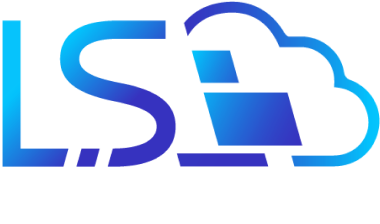
As the years have passed, Intranet technology and features have developed, varied and have notably transformed. Utilizing intranet solutions has even begun being a part of less expensive organizations.
Modern Characteristics Found in Intranets:
User-friendly UI/UX
– presentation on data is more customized, meaning it changes based on individual employees’ priorities and the devices they prefer to use (the screen size, needed bottoms etc.).
– collective number of pages is often less; however, each page contains more relevant quantity of data. In-page navigation is also applied so as to make information access more convenient and user-friendly.

Integration of only beneficial tools
- by monitoring and evaluating how workers respond using Intranet bars and classes, help each organization identify the most necessary features to set on the website subsequently making it more responsive and advantageous.
Elimination of irrelevant data on the site
- companies can reduce outdated or irrelevant content as well as less preferred data, rather bringing emphasis on more quality data storage and sharing.
Content personalization
- targeted content let deliver only relevant data to separate worker. -role-based content (employees get all required data depending on their location, specialization, specific tasks, priorities, permissions and at the particular time they have to see it etc.).
Enhanced inclusion via multilingual services
- large enterprises with diverse offices and personnel are enabled to provide all types of team members with services based on their first language, so that they can work even more efficiently.
Personal assistance services
- intranet providers are directed to making use of really useful help sections not for theoretical aid but for practical, hands-on assistance.
Ways in Which Current Intranet Solutions Vary:
The design is more straightforward, comprehensible, simpler and minimalistic (so that, only necessary tools, documents and data are displayed on the users’ screens);
Augmented visual content (photos and videos): availability and usage of multimedia content has been increased amongst users. Hence, they can go through their own photos or those of other colleagues in higher quality. Also, users can easily be informed about recent news and event by watching corporate or product videos;
Smart search feature enables staff to locate relevant data even over a wide storage system including the People Directory, Blog, News Feed, File Share, Library, etc. The use of metadata and keywords are a powerful addition to this instrument-allowing search to be more efficient;
Feedback to improve management: management wants to create and upload good content to motivate employees to work and use the corporate site as well as to identify any arising issues which they can do via feedback from users;
Useful footers: footers found at the end of the page contain helpful prompts and button, which significantly improves employees’ work quality;
Social networking is the peak method of information exchange (so companies create similar social network-related instruments to cover all staff needs: access to external sites, links, polls and workers’ achievements deployment);

Mobile responsiveness: is not a miraculous tool, however, it is obligatory to have nowadays since increasingly, employees are working remotely and spending more time for mobile usage.
It’s clear that as each year progresses, Intranets features have been adapting to meet best global trends and organizations’ requirements.
Thus, especially in today’s time, when launching the latest innovations and modern business approaches, such intranet services are even more relevant for most organizations than it was ten years ago.
So, the most successful companies haven’t wasted any time and have grabbed and implemented the top-quality intranet software for to make their businesses highly effective and efficient.







Leave a Comments